OUR SYSTEM
Promoting health and preventing disease
Better understanding of healthy lifestyles and how to access services, coupled with prevention strategies such as screening and immunisation, improve community health and prevent disease.
Opportunities
During consultations, community and clinical council members recognised the importance of health promotion, prevention strategies and increased early intervention, particularly in the primary care setting, to reduce rates of obesity, diabetes and chronic disease, and resulting hospitalisations.
Health promotion is a process of enabling individuals and communities to increase control over the determinants of health and thereby improve their quality of life and health outcomes (Fleming & Parker 2006).
Identified focus areas include:
- health promotion, including diet and exercise – for example, through the My Health for Life program
- prevention and intervention strategies to minimise the incidence of obesity
- immunisation and cancer screening services and schedules
- mobile clinics and improved transport options to support screening and vaccination services
- social prescribing to improve patient self-management behaviours and empower people to play a more active role in their health care.
Collaborative partners
- Hospital and Health Services
- Local Governments
- Peak bodies and service partners
- Accreditation and training agencies
- Community leaders.
The outcomes of these actions will be seen in:
- increased life expectancy for residents of the region
- increased rates of immunisation and cancer screening.
Our progress
Chronic disease remains high in the region and cancer screening rates remain lower than the national average. The region had a strong uptake of COVID-19 vaccination, and human papillomavirus (HPV) vaccination rates have increased over the last three years, but the occurrence of vaccine-preventable diseases remains unacceptably high. A focus on promoting healthy lifestyles and prevention and detection strategies is still needed. Lessons learned from a project implemented by our PHN in 21 general practices in the region indicate that general practices play a great role in engaging with eligible cancer screening patients to complete their screening.
Breaking down insights
Related priorities
- Supporting healthy mothers and children
- Preventing and managing chronic conditions
- Increasing access and coordination of care
Updated: February 2025
Avoidable and preventable mortality
Avoidable and preventable mortality refers to deaths from conditions that are considered avoidable given timely and effective health care, including disease prevention and population health initiatives. Data on avoidable and preventable deaths can provide some indication of the quality, effectiveness and accessibility of the local healthcare system, and also the prevalence of environmental, social and behavioural factors that can affect a person’s health.
Our area of focus
The rate of avoidable and preventable deaths in the region is higher than the Queensland and national averages.
Evidence
- Between 2018 and 2022, almost
4,087 deaths in the region were from potentially avoidable causes. Causes include chronic diseases, as well as a range of very different external causes such as accidents, fires, falls and injuries. This rate is considerably higher than the state and national averages
(PHIDU 2025).
- The most common causes of avoidable and preventable deaths in the region were
(PHIDU 2025):
- circulatory system diseases, such as ischaemic heart disease
- cancer, such as colorectal cancer and breast cancer
- suicide and self-inflicted injuries
- respiratory system diseases, such as chronic obstructive pulmonary disease
- diabetes
Immunisation
Immunisation is a simple and effective way of protecting people from serious diseases (Thomas et al. 2021b). It not only helps protect individuals, it also protects the broader community by minimising the spread of disease (Cashman et al. 2016, Thomas et al. 2018, Thomas et al. 2021b).
Our area of focus
Immunisation rates for our region are similar to national rates according to the latest statistics. However, regional hospitals are still seeing a high incidence of vaccine-preventable diseases, suggesting that there is still more that can be done.
Evidence
- The region has high rates of immunisation for children up to five years of age compared with Queensland and national rates in the most recent reports. This is true for all children, including Aboriginal and Torres Strait Islander children (Department of Health and Aged Care 2020a).
- In 2023, 83.2% of Queensland girls and 80.9% of Queensland boys were
vaccinated against HPV at the age of 15 years. This constitutes an increase over previous years rates, but remains lower than the corresponding national rates which are 85.9% for females and 83.4% for males, respectively
(Qld Health 2025 - Immunisation Report).
Cancer screening
Early detection of cancer greatly increases the chances of successful treatment and prevent pre-mature deaths from selected cancers, (AIWH, 2023).
Our area of focus
Cancer screening rates for our region are lower than the national average, particularly for cervical cancer. Rates of melanoma are much higher than the national average.
Evidence
- Overall,
participation in each of the three national cancer screening programs was lower in the region than the national average rates.
- Residents told us that when it comes to supporting their health, they would like to see (Health Consumer Queensland 2021c):
- more reminders, promotions and awareness about the benefits of cancer screening
- increased availability of screening services
- holistic approaches combining general practice and specialist appointments, such as being asked about their screening as part of other consultations.
- In Queensland, 50.7% of females aged 50 to 74 years participated in Breast Cancer Screening in 2022–2023, 62.3% of 25 to 74 year olds participated in cervical screening in 2019–2023 and 38.8% of adults 50 to 74 years were screened for bowel cancer in 2022–2023 (Qld Health 2025).
- Regional disparities were clear, for example
cervical screening participation was 25.8% lower in the most disadvantaged areas, and
bowel screening participation was 67.6% higher in major cities (Qld Health 2025).



